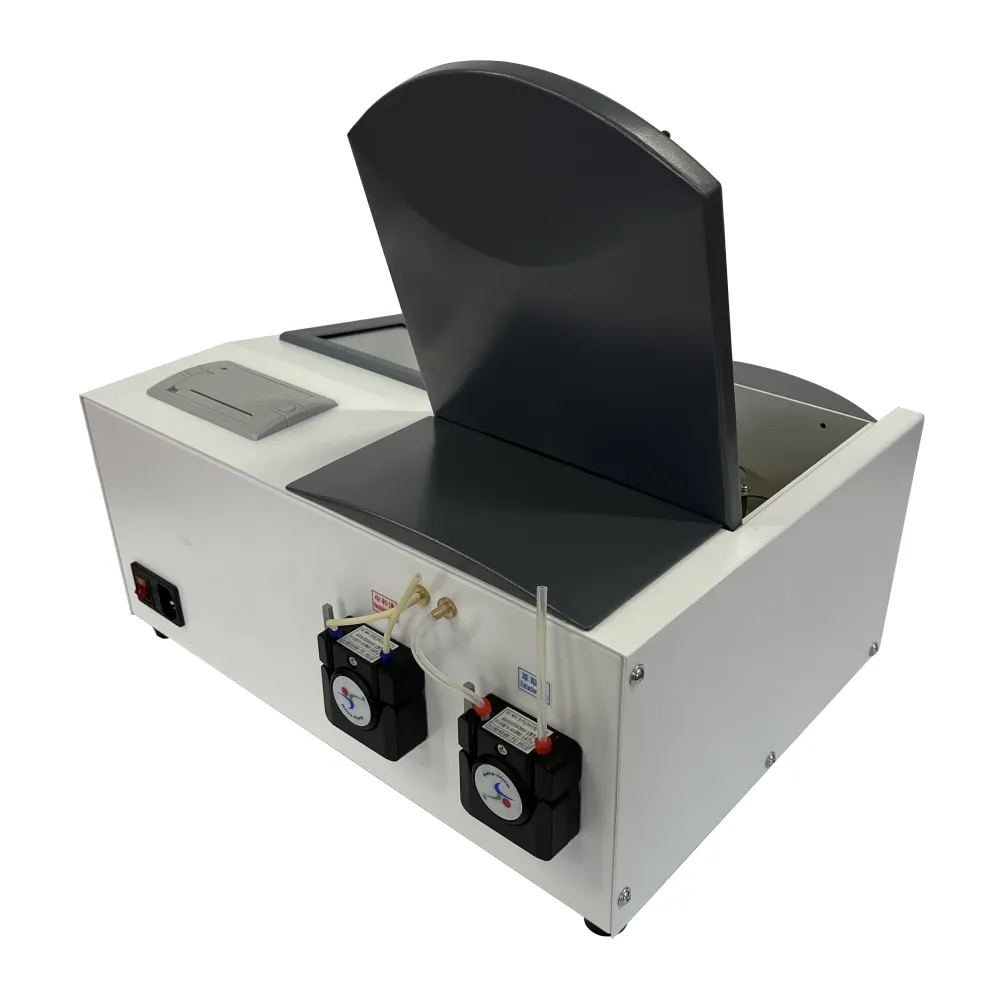 English
English



-
 Afrikaans
Afrikaans -
 Albanian
Albanian -
 Amharic
Amharic -
 Arabic
Arabic -
 Armenian
Armenian -
 Azerbaijani
Azerbaijani -
 Basque
Basque -
 Belarusian
Belarusian -
 Bengali
Bengali -
 Bosnian
Bosnian -
 Bulgarian
Bulgarian -
 Catalan
Catalan -
 Cebuano
Cebuano -
 China
China -
 China (Taiwan)
China (Taiwan) -
 Corsican
Corsican -
 Croatian
Croatian -
 Czech
Czech -
 Danish
Danish -
 Dutch
Dutch -
 English
English -
 Esperanto
Esperanto -
 Estonian
Estonian -
 Finnish
Finnish -
 French
French -
 Frisian
Frisian -
 Galician
Galician -
 Georgian
Georgian -
 German
German -
 Greek
Greek -
 Gujarati
Gujarati -
 Haitian Creole
Haitian Creole -
 hausa
hausa -
 hawaiian
hawaiian -
 Hebrew
Hebrew -
 Hindi
Hindi -
 Miao
Miao -
 Hungarian
Hungarian -
 Icelandic
Icelandic -
 igbo
igbo -
 Indonesian
Indonesian -
 irish
irish -
 Italian
Italian -
 Japanese
Japanese -
 Javanese
Javanese -
 Kannada
Kannada -
 kazakh
kazakh -
 Khmer
Khmer -
 Rwandese
Rwandese -
 Korean
Korean -
 Kurdish
Kurdish -
 Kyrgyz
Kyrgyz -
 Lao
Lao -
 Latin
Latin -
 Latvian
Latvian -
 Lithuanian
Lithuanian -
 Luxembourgish
Luxembourgish -
 Macedonian
Macedonian -
 Malgashi
Malgashi -
 Malay
Malay -
 Malayalam
Malayalam -
 Maltese
Maltese -
 Maori
Maori -
 Marathi
Marathi -
 Mongolian
Mongolian -
 Myanmar
Myanmar -
 Nepali
Nepali -
 Norwegian
Norwegian -
 Norwegian
Norwegian -
 Occitan
Occitan -
 Pashto
Pashto -
 Persian
Persian -
 Polish
Polish -
 Portuguese
Portuguese -
 Punjabi
Punjabi -
 Romanian
Romanian -
 Russian
Russian -
 Samoan
Samoan -
 Scottish Gaelic
Scottish Gaelic -
 Serbian
Serbian -
 Sesotho
Sesotho -
 Shona
Shona -
 Sindhi
Sindhi -
 Sinhala
Sinhala -
 Slovak
Slovak -
 Slovenian
Slovenian -
 Somali
Somali -
 Spanish
Spanish -
 Sundanese
Sundanese -
 Swahili
Swahili -
 Swedish
Swedish -
 Tagalog
Tagalog -
 Tajik
Tajik -
 Tamil
Tamil -
 Tatar
Tatar -
 Telugu
Telugu -
 Thai
Thai -
 Turkish
Turkish -
 Turkmen
Turkmen -
 Ukrainian
Ukrainian -
 Urdu
Urdu -
 Uighur
Uighur -
 Uzbek
Uzbek -
 Vietnamese
Vietnamese -
 Welsh
Welsh -
 Bantu
Bantu -
 Yiddish
Yiddish -
 Yoruba
Yoruba -
 Zulu
Zulu
Portable Testing Kit for Transformer Oil Acidity Measurement and Analysis
Understanding Transformer Oil Acidity Testing Kits
Transformer oil plays a critical role in electrical systems, particularly in power transformers, where it serves as both an insulator and a coolant. Over time, however, transformer oil can degrade, leading to increased acidity levels that can negatively impact the performance and longevity of transformers. This is where transformer oil acidity testing kits come into play; these tools are essential for maintaining the integrity of transformer systems by providing valuable insights into oil condition.
Importance of Transformer Oil Acidity Testing
Transformer oil acidity is primarily a result of the oxidation process, in which the oil reacts with oxygen over time, leading to the formation of acids. Elevated acidity levels can cause several issues, including
1. Corrosion High acidity can corrode metal components within the transformer, jeopardizing its structural integrity and functionality. 2. Decreased Insulation Quality Acids can impair the insulation properties of the oil, increasing the risk of electrical failures. 3. Shortened Equipment Lifespan Regular monitoring of oil quality through acidity testing can contribute to extending the operational life of transformers by facilitating timely maintenance and interventions.
How Acidity Testing Works
Transformer oil acidity testing kits are designed to measure the total acid number (TAN) in the oil, which indicates the acidity level. The testing process typically involves the following steps
1. Sampling A representative sample of transformer oil is collected, taking care to minimize contamination or alteration of its properties. 2. Preparation The sample is prepared according to the specific instructions provided with the testing kit. This may involve diluting the sample or adding specific reagents. 3. Testing The testing kit includes various reagents and tools to determine the TAN. Common methods include titration, colorimetry, or using pH indicators, each providing a quantitative measure of acidity. 4. Analysis Once the acidity level is measured, it is compared to predefined thresholds. The results inform whether the oil remains suitable for continued use or requires replacement.
transformer oil acidity testing kit

Choosing the Right Testing Kit
When selecting a transformer oil acidity testing kit, several factors should be considered
- Accuracy Look for kits that provide reliable and precise measurements. The accuracy of the kit is crucial for making informed maintenance decisions. - Ease of Use Choose a kit that is user-friendly, allowing personnel to conduct the tests without requiring extensive training. - Portability For field applications where transformer systems may be located remotely, a portable testing kit can facilitate on-site assessments. - Comprehensive Testing Some kits may offer additional tests for other characteristics of transformer oil, such as moisture content, dielectric strength, and furan analysis. A multipurpose kit can save time and resources.
Regular Maintenance Strategy
Integrating transformer oil acidity testing into regular maintenance routines is a proactive approach to transformer management. It allows for
- Preventive Action By monitoring acidity levels, potential issues can be identified before they escalate into significant problems, enabling timely corrective actions. - Documentation Regular testing provides valuable data that can be tracked over time, aiding in trend analysis and condition monitoring. - Budget Management Understanding the oil condition can help in budgeting for maintenance and replacement, ultimately leading to cost savings over the life cycle of the transformer.
Conclusion
Transformer oil acidity testing kits are indispensable tools for anyone involved in the maintenance and management of power transformers. By regularly assessing the acidity levels of transformer oil, operators can ensure that their systems remain reliable, efficient, and safe from corrosive damage. The investment in a quality acidity testing kit pays dividends in prolonged equipment life, reduced downtime, and enhanced operational performance.
-
Using Distillation Range Testers in the Food and Beverage IndustryNewsApr.16,2025
-
The Impact of IoT on Distillation Range Tester PerformanceNewsApr.16,2025
-
The Best Distillation Range Testers for Extreme ConditionsNewsApr.16,2025
-
How Distillation Range Testers Save Time and MoneyNewsApr.16,2025
-
Distillation Devices for Advanced Separation TechniquesNewsApr.16,2025
-
Common Mistakes to Avoid When Using a Distillation Range TesterNewsApr.16,2025



